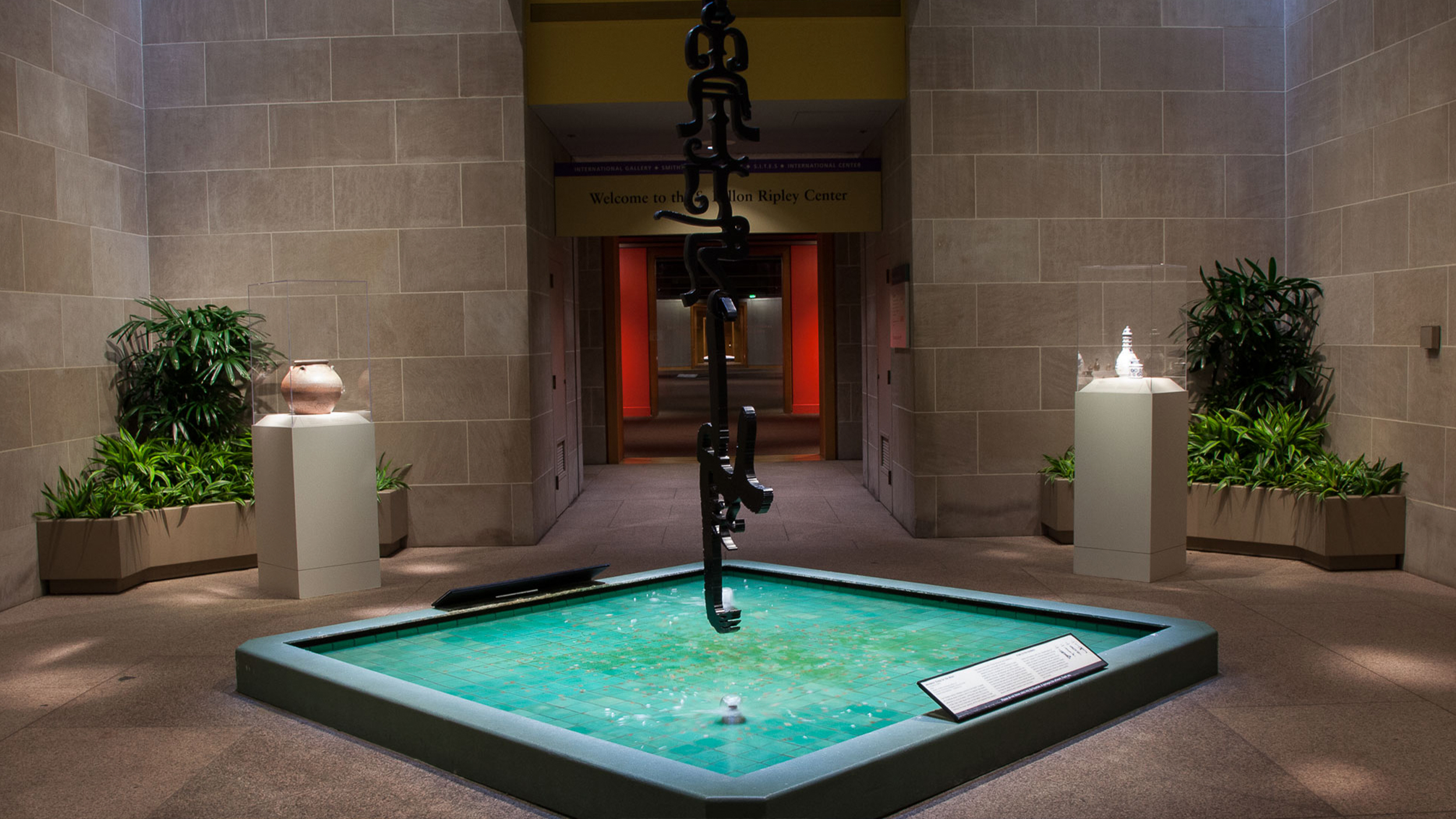Objective
Students will describe the visual qualities and content of works of art as well as the meanings communicated and feelings evoked by works of art. They will compare and contrast different forms, techniques, and meanings in artwork. Additionally, they will analyze the concept of allegorya story, poem, or picture that can be interpreted to reveal a hidden meaning, typically a moral or political one. in storytelling and art as they recount stories from diverse cultures and determine the central message, lesson, or moral using key details in the text.
Essential Questions
- How does art tell stories?
- How do we understand both the literal and underlying meanings of a story or work of art?
- How do illusiona thing that has a deceptive appearance and is, or could be, wrongly interpreted by the senses. and allegorya story, poem, or picture that can be interpreted to reveal a hidden meaning, typically a moral or political one. deepen the meanings of stories and art?
- How do different cultures use stories to teach about life?
- How does language bring us together and how does it separate us?






